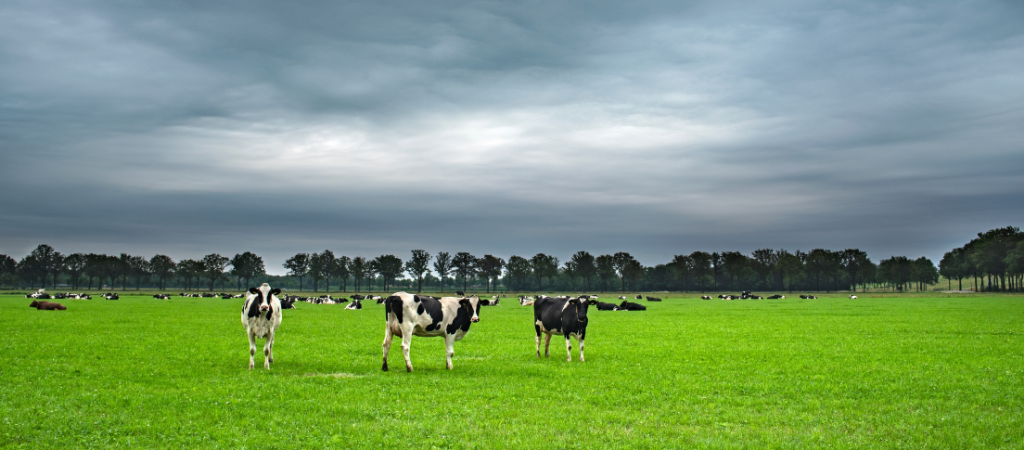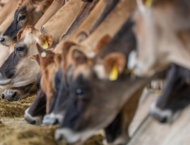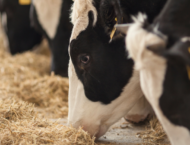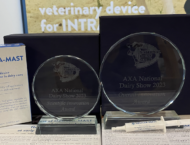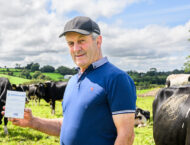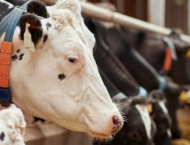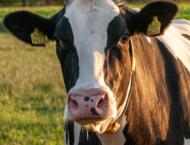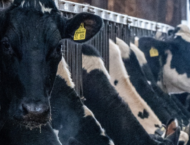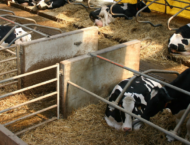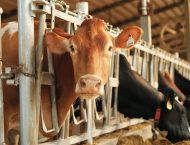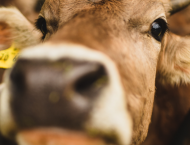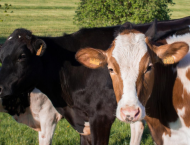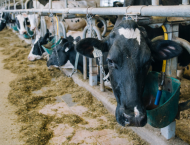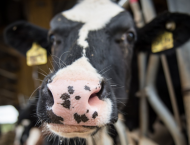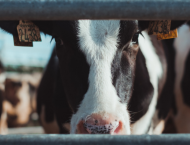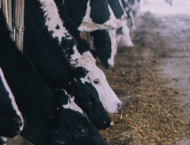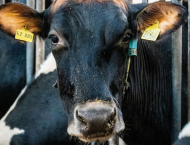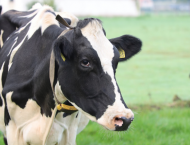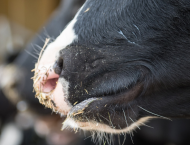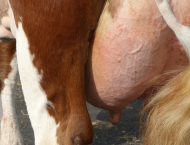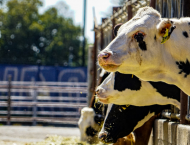For decades, the use of intra-mammary antibiotics has been the main strategy to manage udder issues in dairy cattle. Dairy farmers have made improvements on their farms by applying prevention and control strategies. This helped reduce the use of antibiotics and allowed dairy farmers to ameliorate milk production from different points of view.
However, in these years bacteria have had the opportunity to develop resistance to antimicrobial products and, now, further improvements are needed on farms.
According to the recent WHO report on 2020 antibacterial agents in clinical and preclinical development1, the research pipeline is still experiencing some difficulties in providing new effective antimicrobials. This is further feeding the development of AMR. WHO shows that the 43 antibiotics currently under clinical development are still insufficient to tackle AMR.
AMR is also of concern for food safety, since food products represent a potential route of exposure for everyone. Thus, efficiency and innovation, along with best management practices, are the key aspects to be implemented in the food supply chain, including primary production.
Reducing antimicrobials on dairy farms, deciding for their prudent use only when strictly necessary, will limit the ability of bacteria to develop further resistance mechanisms in our supply chain. Thus, it will put antimicrobial research in front of fewer challenges to face.
Working in this direction means preserving the efficacy of existing antimicrobials, thus allowing the research pipeline to take a breath and continue to put effort into finding new effective molecules.
The idea of developing harmless, effective, safe, suistainable solutions perfectly fits into this environment. By providing these solutions along wiht appropriate management practices, OZOLEA aims at helping dairy farmers reduce the use of unnecessary antibiotics and improve their profitability.
Implementing OZOLEA solutions means deciding for being at the forefront against AMR, reducing antimicrobials, while indirectly supporting research in the path towards the development of new molecules useful for protecting human health.
In this context, OZOLEA designed and created OZOLEA-MAST.
For a prompt intervention in a specific range of time, before things would get worse, to allow continue shipping the milk and to have no residue in the milk tank, OZOLEA-MAST must had been harmless, effective, safe and sustainable since the beginning. And so it is.
It is harmless since it does not contain active substances. This means no side effect, but requires attention in identifying the first signs of udder distress and consistency with the SSafeMILK protocols.
When used promptly, it supports the functionality of the tissue and it is particularly effective when the animal has a residual defensive competence.
It is safe both for the animal and the final consumer: it leaves no traces in the milk tank, it cannot lead to antimicrobial resistant bacteria that can affect animals and consumers with infections difficult to treat.
It is sustainable since it helps reduce milk waste due to withdrawal periods. It also supports animal welfare by reducing many clinical cases: less stressed animals are better also for the environment.
1 2020 Antibacterial agents in clinical and preclinical development: an overview and analysis. Geneva: World Health Organization; 2021. Licence: CC BY-NC-SA 3.0 IGO. https://www.who.int/publications/i/item/9789240021303
Cover image: Ph. Lucas van Oort. Picture available here.

